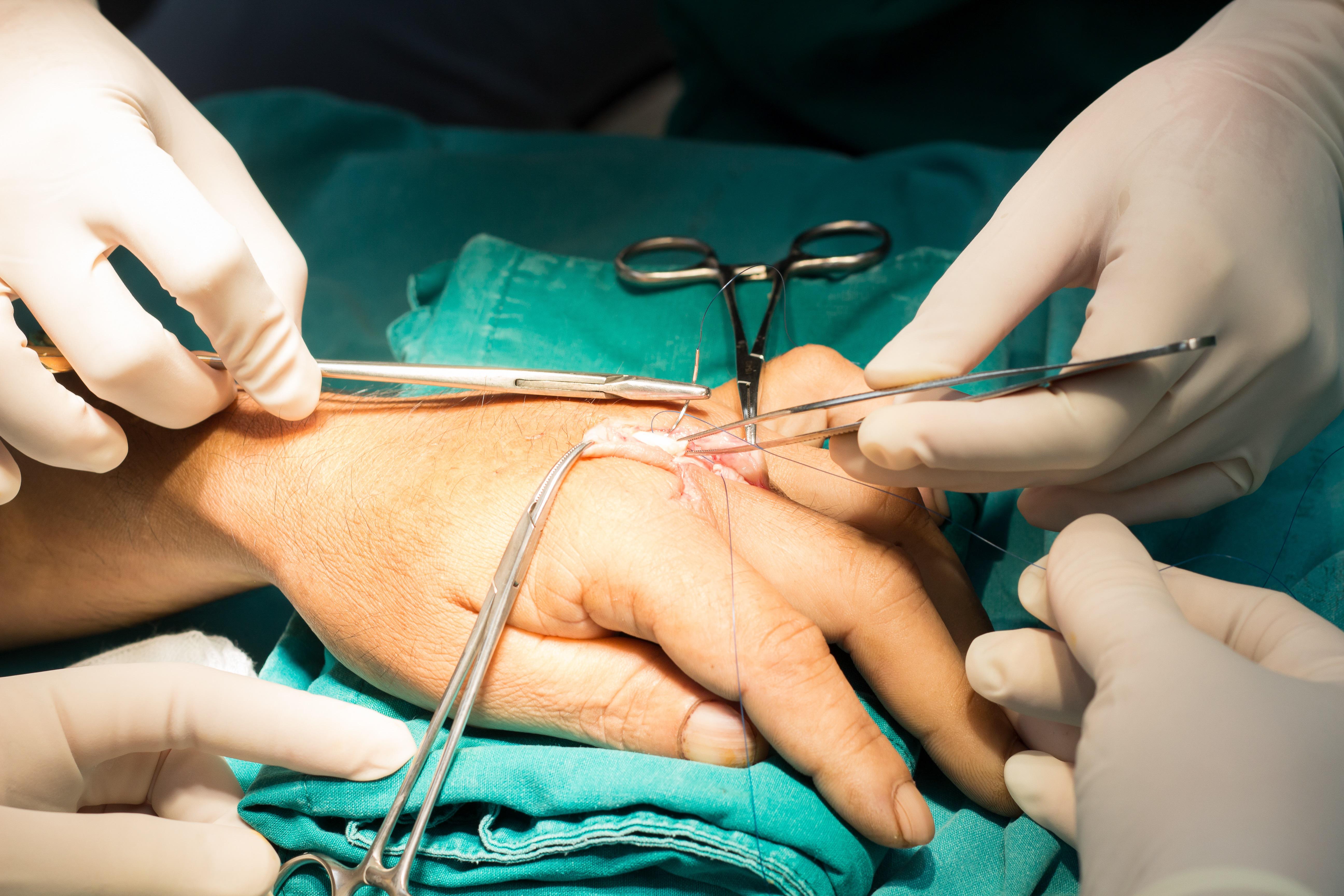Revolutionizing Hand Trauma Surgery: Innovative Methods for Optimal Recovery

Hand trauma injuries can be debilitating, affecting not only our physical abilities but also our quality of life. Whether it’s a severe laceration, a crushing injury, or a complex fracture, the importance of effective hand trauma surgery cannot be overstated. In recent years, medical advancements have paved the way for innovative methods in hand trauma surgery, promising better outcomes and faster recoveries. In this blog, we’ll explore some of these groundbreaking techniques that are revolutionizing the field of hand trauma surgery.
- Microsurgery and Replantation: One of the most remarkable advancements in hand trauma surgery is the use of microsurgery for replantation. Microsurgical techniques involve using high-powered microscopes and precision instruments to reattach blood vessels, nerves, and tissues. This method has significantly improved the success rate for reattaching amputated fingers or digits, providing patients with the opportunity for a functional hand after a traumatic amputation.
- Flap Surgery: Flap surgery involves the transfer of healthy tissue, often from a donor site on the patient’s body, to cover a wound or injury on the hand. This technique is invaluable for addressing large soft tissue defects resulting from trauma, burns, or other injuries. Advances in flap surgery have allowed for better aesthetics and quicker recoveries.
- 3D Printing and Custom Implants: The use of 3D printing technology has opened up new possibilities in hand trauma surgery. Surgeons can now create custom implants and prosthetics tailored to a patient’s unique anatomy. These implants can replace or repair damaged bones, joints, or other structures, improving overall hand function and appearance.
- Arthroscopic Surgery: Arthroscopic techniques, which were originally developed for joint surgery, are now being applied to hand trauma surgery. This minimally invasive approach allows surgeons to visualize and treat joint injuries with smaller incisions, resulting in less post-operative pain and faster recovery times.
- Nerve Repair Advances: Nerve injuries in the hand can have profound consequences. Innovations in nerve repair techniques, such as nerve grafts and nerve conduits, are helping restore sensation and function in injured hands more effectively.
- Enhanced Rehabilitation: While not a surgical method per se, enhanced post-operative rehabilitation programs are an integral part of the recovery process. Hand therapists use innovative exercises, technology, and techniques to help patients regain strength, dexterity, and mobility in their hands.
Conclusion: These innovative methods for hand trauma surgery are transforming the landscape of hand injury treatment. Patients now have access to more effective procedures, faster recoveries, and improved outcomes. If you or a loved one ever face a hand trauma, it’s reassuring to know that medical science continues to push the boundaries of what’s possible, offering hope for a brighter and more functional future after a hand injury.